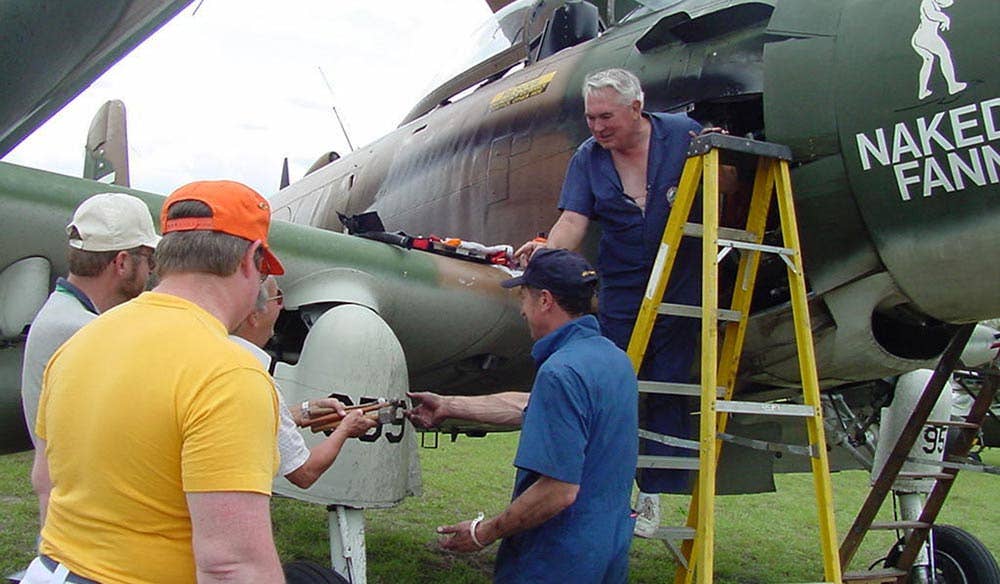Skimping on Preventive Maintenance Could be a Sign of Aviating Beyond Your Means

Warbirds like this AD-1 Skyraider often require copious preventive maintenance, even between flights at airshows. Kim Rosenlof
Aircraft ownership is expensive. Between fuel, insurance, hangar or tiedown expenses and possibly a loan payment, by the time you get to the annual inspection, there’s a temptation to do it as cheaply as possible — to do the minimum and skip preventive maintenance actions.
Occasionally, aircraft owners will even admit such things to friends or in online forums: “I tell the shop to do what is necessary but skip xyz because it will break my budget.”
In general, this is called “deferred maintenance,” and it is prevalent in so many industries that there is even a Wikipedia entry for it. Managers and accountants of governmental and commercial entities routinely use deferred maintenance practices as cost-saving measures, continually postponing repairs to buildings, schools, bridges and so on.
But studies show that deferred maintenance actually increases costs. Years of neglect often result in greater expenses: repairs becoming replacements, failures leading to health and safety risks, or even expenses related to personal injury or death. We’re seeing the effects of deferred maintenance in some of our crumbling infrastructure.
It’s the same in aviation. Postponing preventive maintenance — i.e., engaging in deferred maintenance — can lead to future problems, causing higher maintenance bills at best and failures at worst. The Plane Crash Lawyers Network claims that “maintenance negligence is a factor in approximately 40 percent of all plane crashes.”
For example, since 2011 there have been several main landing gear failures on GA aircraft where National Transportation Safety Board findings have revealed extensive corrosion, fatigue cracks or ruptures consistent with overstress. One aircraft even had two landing-gear failures 30 months apart. A case of bad luck or ignoring maintenance issues?
Faced with increasing parts and labor costs, some longtime owners seem to be on the ragged edge of being able to afford adequate maintenance for their aging aircraft. Incidents stemming from inadequate maintenance drive up not only the cost of repairs but, if insurance has to pay aircraft damage or bodily injury claims, the price of premiums as well.
Aviation insurance experts are seeing an increasing number of claims that could have been prevented with proper maintenance. Bottom line: If you can’t afford preventive maintenance actions, perhaps it’s time to consider whether you can really afford to fly that aircraft after all.

Sign-up for newsletters & special offers!
Get the latest FLYING stories & special offers delivered directly to your inbox






